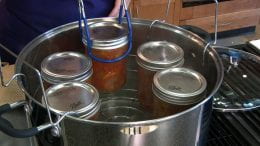
Gardeners are planning what they want to plant this season, and eager to plant early season crops. It’s also time to plan for how to preserve your bounty.
Canning supplies are refilling stores. But be a smart shopper and do your homework. There are many counterfeit products that can lead to problems in canning. All of the Ball® products are made in the U.S.A. so be sure to look for that designation on the packaging. The lids will have the Ball® logo and they are silver. If anything is “Made in China” and it looks like Ball® products, they are not legitimate.
Manufacturing of canning products is running 24/7 to get products restocked. Glass is the biggest concern in the supply chain to make jars. Lids are back to pre-pandemic stock numbers.
A new item coming out is a “throw back” to vintage jars. Ball® is making a rose-colored jar to celebrate that vintage color from the early 1900s. They are also coming out with some new storage containers.
If you have a dial gauge pressure canner, it is time to get it tested. Local Extension offices can test the brands Presto, National, Maid of Honor and Magic Seal. We cannot test All American gauges. Contact your local Extension office for assistance.
Learn more about food preservation at www.rrc.k-state.edu/preservation/index.html.
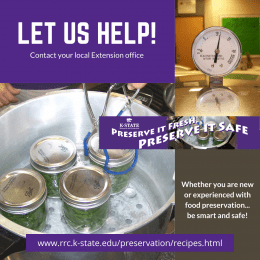 Canning your own garden produce or farmers market produce can be rewarding and a great way to save your food for later use. But if you are new to canning, it is important to start by getting educated and learn how to can safely.
Canning your own garden produce or farmers market produce can be rewarding and a great way to save your food for later use. But if you are new to canning, it is important to start by getting educated and learn how to can safely.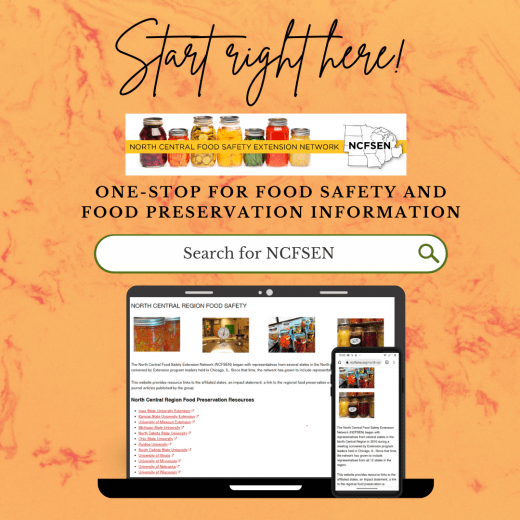
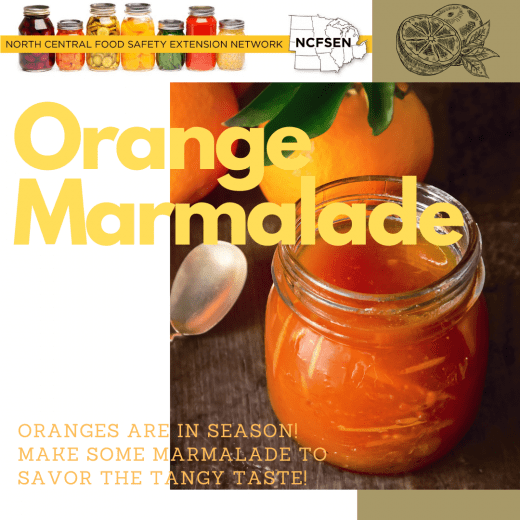
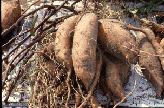 Sweet potatoes are a favorite fall vegetable packed with lots of nutrition. While they can be stored a room temperature, they can also be preserved for easy meal preparation later.
Sweet potatoes are a favorite fall vegetable packed with lots of nutrition. While they can be stored a room temperature, they can also be preserved for easy meal preparation later.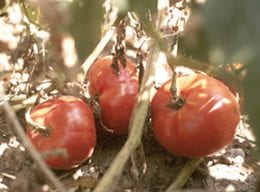 As fall approaches, fall gardens will start to wind down. Tomato plants may still be producing tasty tomatoes, which can be enjoyed fresh. But if a frost or freeze has occurred while tomatoes are on the vine, do not can those tomatoes. Preserve them by freezing or dehydrating for later use.
As fall approaches, fall gardens will start to wind down. Tomato plants may still be producing tasty tomatoes, which can be enjoyed fresh. But if a frost or freeze has occurred while tomatoes are on the vine, do not can those tomatoes. Preserve them by freezing or dehydrating for later use.